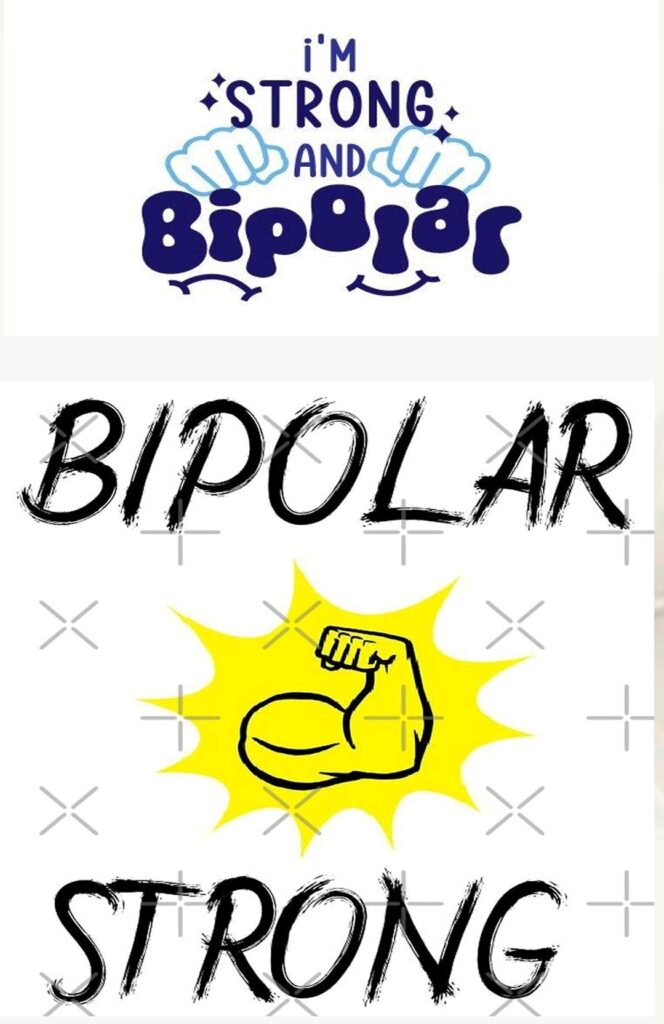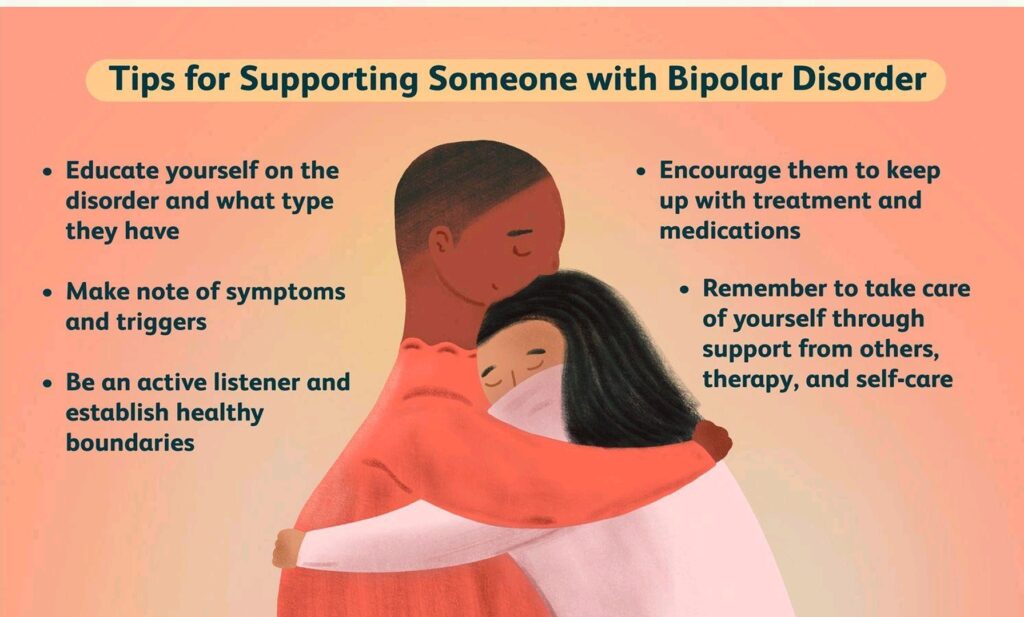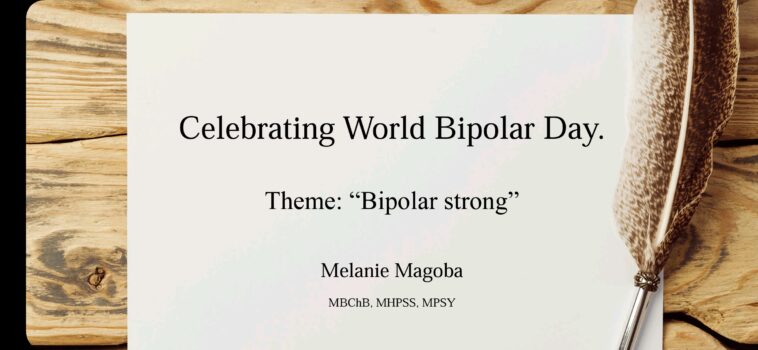Introduction
We are here today to celebrate World Bipolar Day, observed every 30th of March.
WBD vision: To bring world awareness to bipolar conditions and to eliminate social stigma.
For those living with bipolar disorder, WBD offers an opportunity to connect with others as well as assistance gaining access to valuable resources and relationships that can improve their quality of life .
Not so Fun Fact!
WBD coincides with the birthday of Vincent Willem van Gogh (born 1853). He’s believed to have had bipolar disorder, died by suicide at age 37. He was a Dutch Post-Impressionist painter and was among the most famous and influential figures in the history of Western art.

Understanding Bipolar Disorder
Bipolar Affective Disorder (BAD): is a mental health condition characterized by significant mood swings, including manic and depressive episodes.
- Bi-two
- Polar- poles; mania vs depression.
- Affective- mood/affect
- Disorder- abnormal condition that affects one’s function. Causes significant distress
Signs & symptoms of Bipolar Disorder
Those with a manic episode may;
- Feel “up” “high”
- Elated
- Have a lot of energy
- Have increased activity levels
- Feel “jumpy” or “weird”
- Have trouble sleeping, need less sleep
- Become hyperactive
- Talk a lot
- Talk fast about many different things
- Be agitated, Irritable, touchy
- Feel like their thoughts are racing
- Think they can do many things at once
- So risky things (Spend a lot of money, reckless sex)
Those with a depressive episode may;
- Feel sad, down, empty, hopeless
- Have little energy
- Have lower activity levels
- Sleep too much or too little
- Feel like they do not enjoy anything
- Feel worried, empty
- Have trouble concentrating
- Forget things
- Eat too much or too little
- Feel tired and fatigued and slowed down
- Think about hurting themselves, death and suicide
This year’s theme.
“Bipolar Strong,”
Emphasizes resilience, unity, and empowerment within the bipolar community.

What does being Bipolar Strong mean
Strength: Recognizing the inner fortitude required to manage the challenges of bipolar disorder.
Resilience: The ability to recover/ bounce back from mood episodes and continue pursuing personal goals.
Community: Emphasizes the importance of support networks and solidarity among individuals with bipolar disorder.
How do we build strength and resilience.
Personal In-powerment:
- Self-education about the disorder (Aids informed decisions making regarding treatment and lifestyle. )
- Track your mood patterns in a diary
- Understand your personal triggers and warning signs
- Stick to a regular daily routine. (feel more stable and in control)
- Look after yourself when going through stressful periods
- Treatment plan adherence; medications and therapy.
Lifestyle Considerations:
- Regular sleep patterns
- Balanced nutrition
- Consistent exercise to help stabilize mood.
- Stress-reduction techniques such as; mindfulness, meditation, or yoga.
Building a Support Network:
- Plan with loved ones how you want to be treated when unwell.
- Open communication with family and friends about one’s experiences and needs.
- Seek peer support from those with lived experiences.

Conclusion & call to action
- Channel the collective strength of the bipolar community.
- Embrace the “Bipolar Strong” theme; strength, resilience and community
- Actively participate in awareness campaigns and support one another.
- Mental health services; public & private, psychiatrists, psychologists, peers.
- You are so much more than the Bipolar illness. Keep betting on yourself
Personal Experiences… anyone? Use the comment section below and share.
This post was created with our nice and easy submission form. Create your post!




